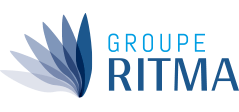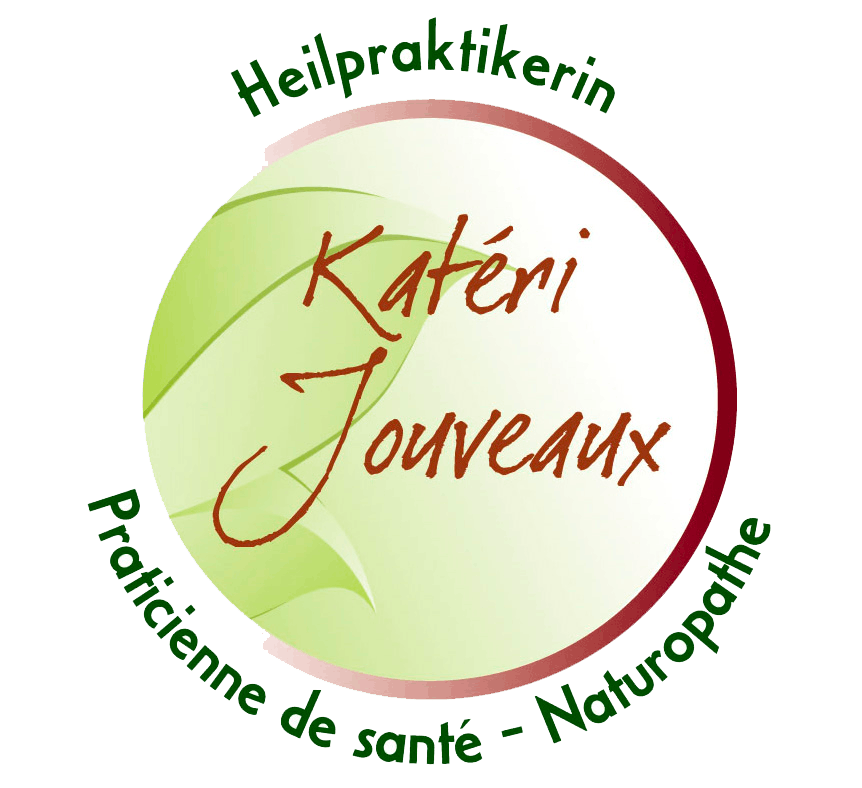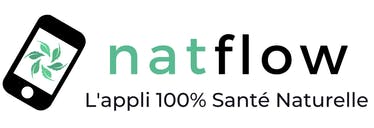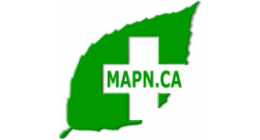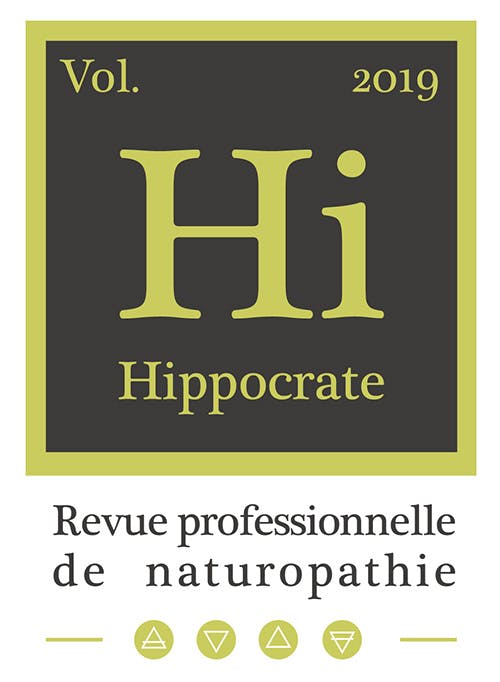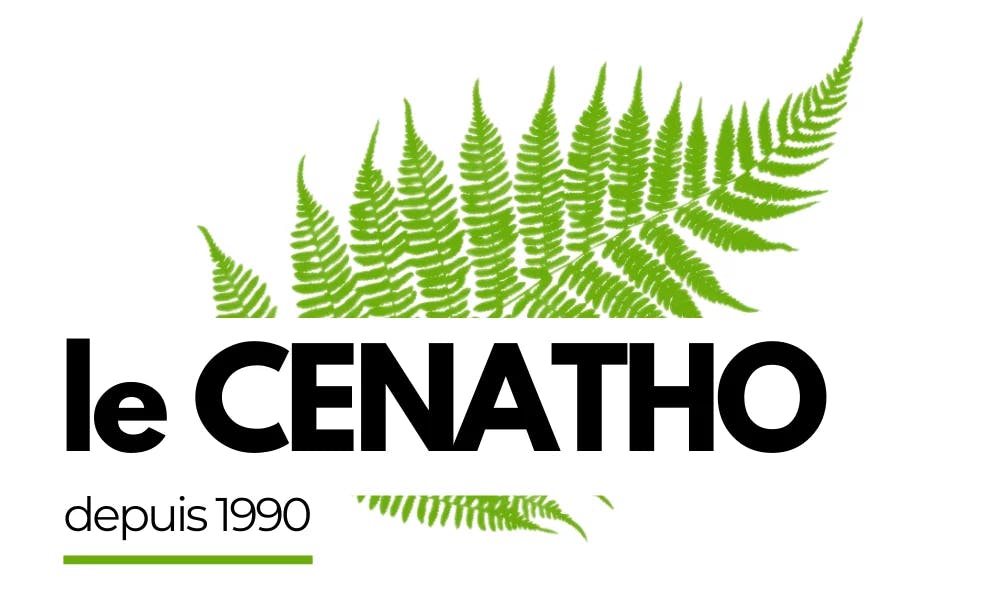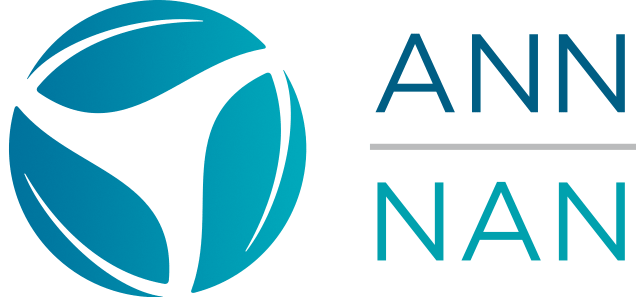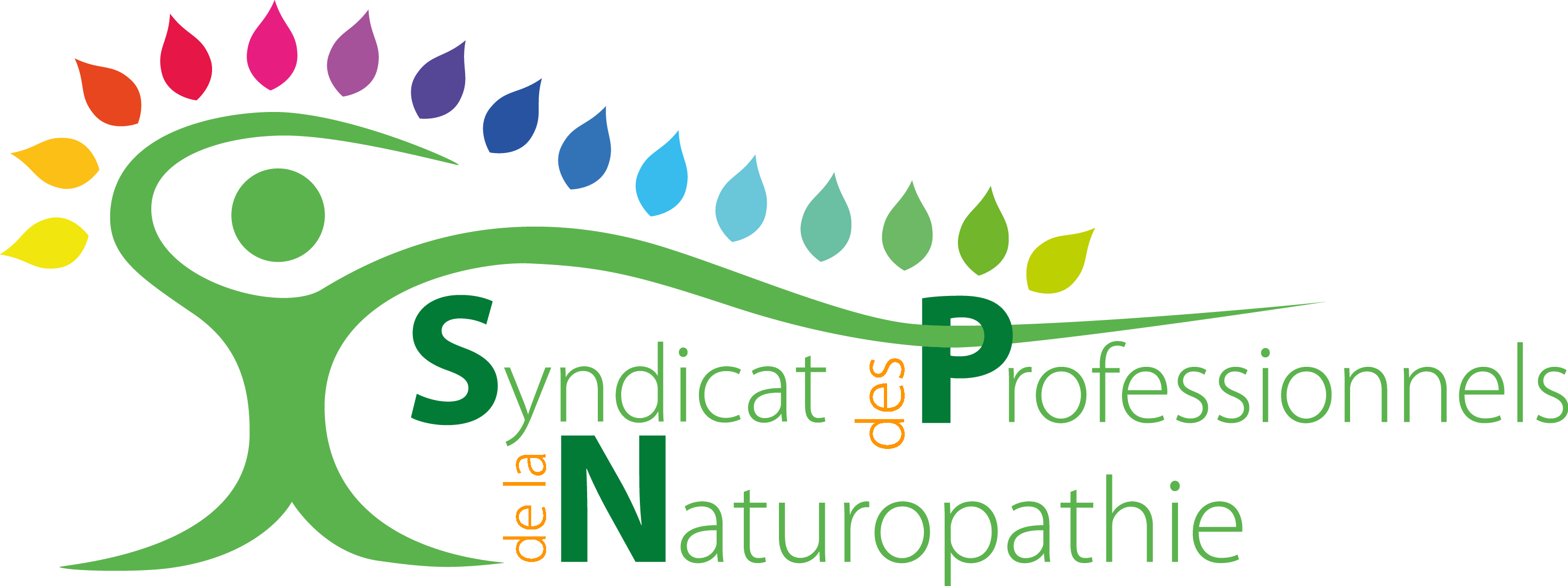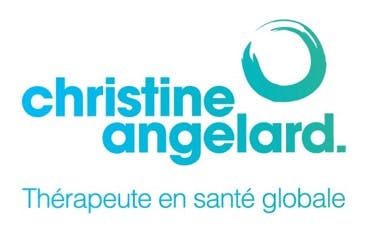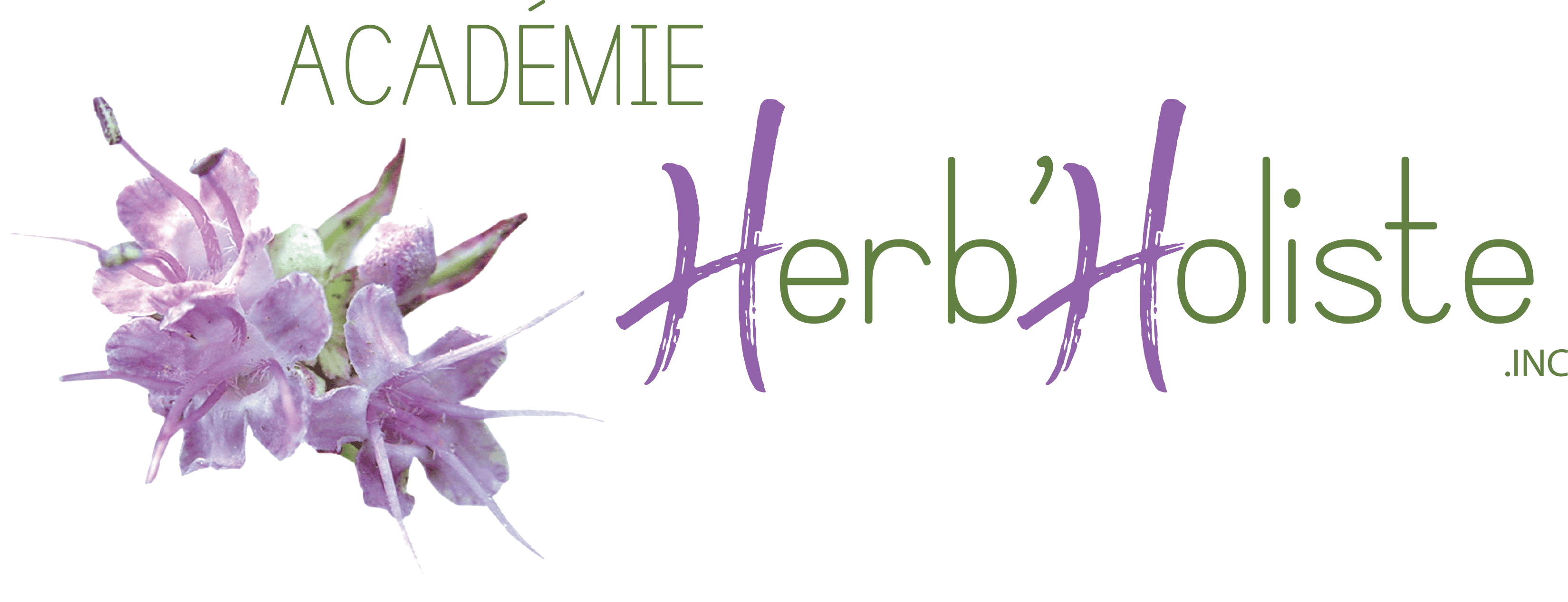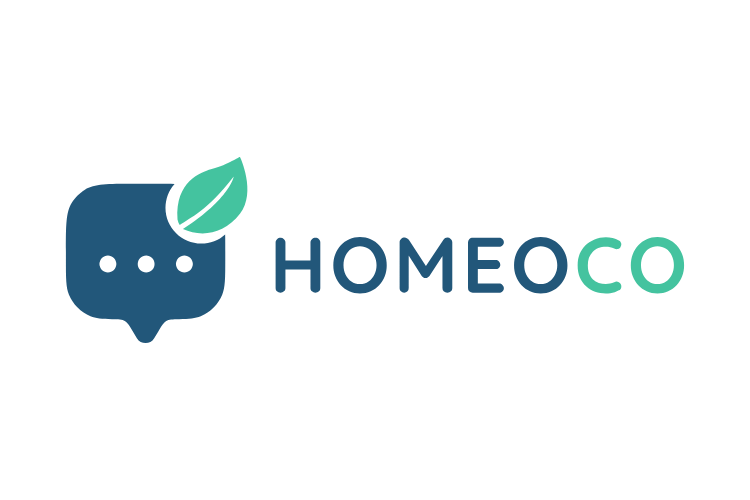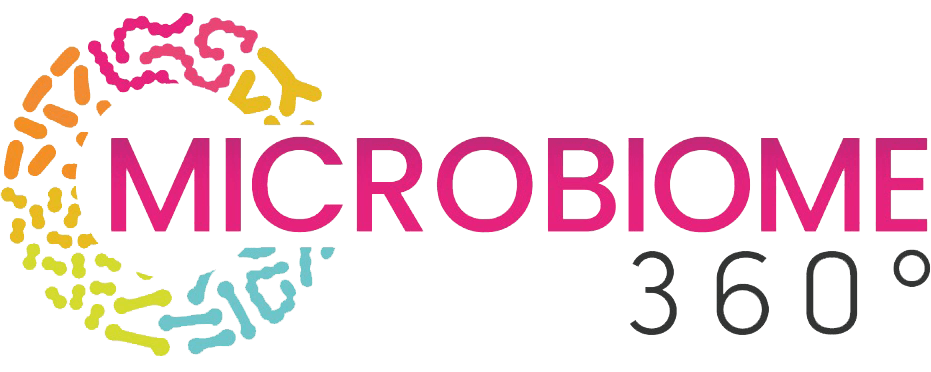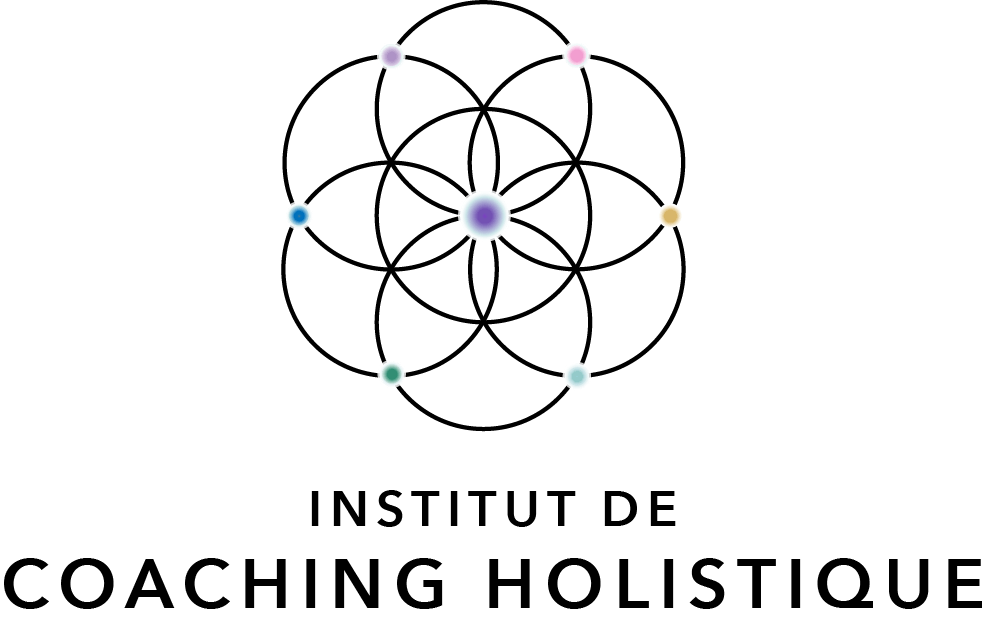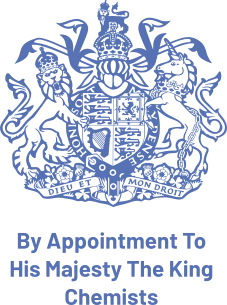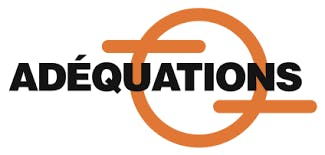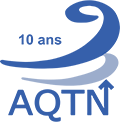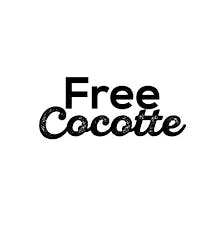Oligotherapy
This course explores the art and science of oligotherapy, an approach based on the use of essential minerals in very small doses to support the body’s balance and vitality. These trace elements, though present in minute quantities, play a crucial role in major biological functions — immunity, energy production, mood regulation, digestion, hormonal balance, and more.
Students learn to recognize the signs of mineral deficiencies or imbalances and how to correct them naturally, gently, and without side effects. Each trace element is presented as a subtle regulator of the biological terrain, working in harmony with others to restore internal equilibrium.
The course also teaches how to combine trace elements intelligently according to individual needs — to strengthen vitality, manage stress, support the immune system, or address functional disorders.
At the crossroads of science and naturopathy, this training offers a refined understanding of the role of minerals in overall health, while keeping the human being at the center of the therapeutic process.

Oligotherapy is a relatively new technique that is currently generating a great deal of interest among the medical community, given the intriguing therapeutic possibilities it reveals.
Oligotherapy is based on solid scientific foundations. In France, the clinical studies conducted by Dr. Ménétrier are based on over 75,000 case files.
The World Health Organization (WHO) concluded in a report that health problems in certain populations were directly linked to trace element deficiencies.
It is rare to find a doctor in Europe who does not prescribe, alongside an antibiotic, the trace element compound Copper-Gold-Silver.
Oligotherapy is an essential complement to all alternative therapies as well as allopathic medicine.
For each trace element studied, you will find in this course the signs of deficiency, therapeutic action, natural sources, and dosage.
Aluminum, Calcium, Chromium, Cobalt, Copper, Iron, Fluorine, Iodine, Lithium, Magnesium, Manganese, Gold, Phosphorus, Potassium, Selenium, Silica, Sulfur, Zinc.
Included Teaching Methods:
- E-Learning courses: an interactive, motivating, and effective learning method.
- Printable course modules
- Online exams
- Access to the student portal
- Videos and a virtual library.
Course Content Description
Student Guide
- Teaching method
- Trace elements and functional medicine
- Functional medicine
- Etiology of disorders
Essential Trace Elements
- Definitions
- Concept of terrain
Deficiency Signs, Actions, Sources, Needs & Supplementation
- Aluminum Calcium
- Chromium Cobalt Copper
- Iron Fluorine Iodine Lithium
- Magnesium Manganese Gold Phosphorus
- Potassium Selenium Silica Sulfur
- Zinc
Table of Needs
- Particular cases
- Application
- Review/knowledge
Sources of Trace Elements – Natural and Synthetic Sources
- Mineral source
- Artificial organic
- Synthetic trace elements
- Natural source trace elements
- Instructions for use and recommended dose
- The lingual route
- Oligophytum
- Composition
- Other compounds
- Copper-Gold-Silver
- Copper-Zinc
- Manganese-Cobalt
- Manganese-Copper
- Zinc-nickel-cobalt
True Natural Organic Source
Statistics
Trace Elements in Nutrition
- To prevent and make up for deficiencies Dietetics through trace elements:
- Table of foods richest in minerals and trace elements
- Review/knowledge
Application Techniques
- Treatment principles
- Symptomatic application
Terrain Treatment
- Profile summary
- Hyperreactive syndrome
- Hyporeactive syndrome
- Dystonic syndrome
- Anergic syndrome
- Maladaptation syndrome
- Review/knowledge
Annex
- Vitamins, trace elements,
- Essential fatty acids
- Iron and iodine to make up for trace element deficiencies
- Graded activities
- Answer key to activities





